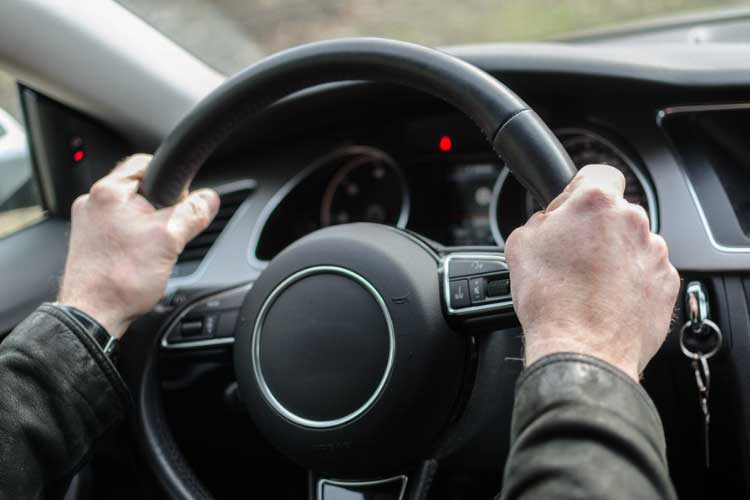When your car won’t start after overheating, the focus shouldn’t be on the car’s failure to start but on the engine. For optimum performance, you should ensure your engine doesn’t overheat.
But why the car won’t start after overheating? That is because the head gasket could be blown, or the head cylinder and drive belt may have cracks. Sometimes, the water pump is faulty, but in some cases, the electronic sensors melt, and radiator hoses burst when the engine overheats.
Read on to learn more about why your car isn’t starting after overheating and how to troubleshoot and fix the problems.
The Causes Car Won’t Start After Overheating?

Several issues can stop your car from starting after overheating. Some common ones include-
1. Faulty head gasket
The primary function of the head gasket is to seal the combustion chamber. This seal helps create and maintain the compression pressure needed to keep the engine functioning optimally. The gasket also prevents the oil and coolant from leaking, preventing overheating.
Once a gasket blows, the engine starts losing compression. The pressure loss eventually makes combustion impossible, causing the engine to stall.
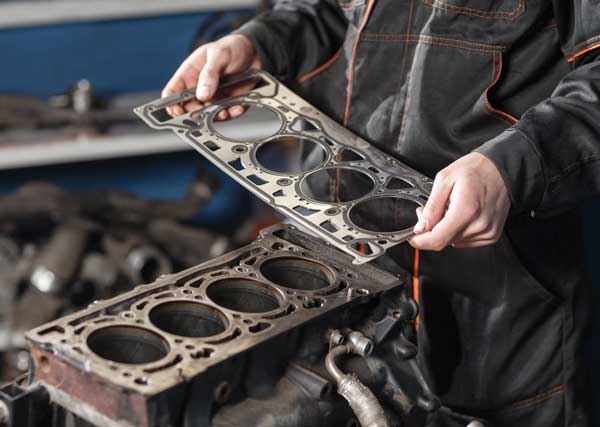
2. Faulty water pump
The water pump circulates the coolant fluid throughout the engine and the radiator to ensure the temperature remains cool. If the water pump gets damaged, it can’t cool the engine, so the car overheats.
3. Warped drive belt
Drive belts drive multiple secondary parts in the engine, such as the alternator and water pump. If the drive belt is faulty, it won’t turn the water pump, so the coolant won’t circulate. Thus, the lack of coolant circulation will lead to overheating.

4. Damaged sensors
If your car won’t start after overheating, scan it for trouble codes. This scan is vital because sensors are essential for a properly working car. For example, if the oxygen sensor is damaged, the air-fuel mixture may not have enough oxygen to ignite.
Your car may overheat due to other problems like a failing water pump and damage to the sensors. Hence, the vehicle will fail to start even after fixing the pump.
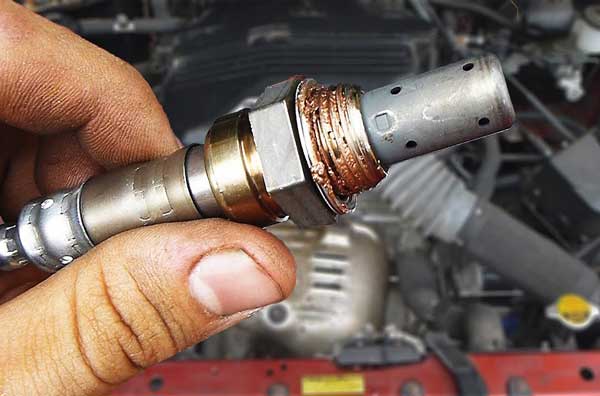
5. Faulty cylinder head
An engine cylinder head helps seal the cylinder and prevent loss of compression. It also controls airflow into the engine using valves. After the car overheats, the cylinder head can become warped, restricting the motion of the pistons and preventing the vehicle from starting.
6. Blown hoses
Hoses help circulate coolant between the engine and the radiator. When a car overheats, the coolant may get hot enough to cause hoses to burst. If any hose bursts, the coolant may drain out completely. Without cooling, the engine will overheat until it fails and cannot start.
How To Identify Overheating Causes?
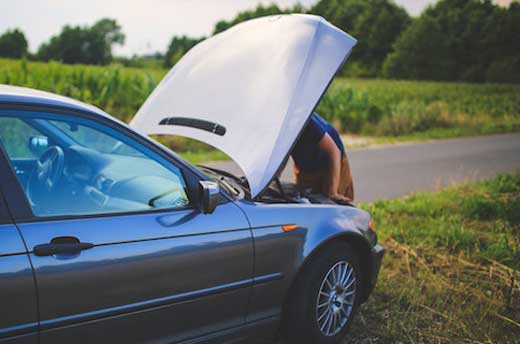
Since overheating can be caused by many problems, you must inspect the car thoroughly whenever an issue arises. Use the following table to identify the cause of the problem;
| Components to Check | Signs of failure to look for |
| Radiator hose | Low coolant level |
| Coolant leaks or breakages along the hose | |
| Swollen soft spots where the hose may burst | |
| Crust formation where the hose meets the radiator | |
| Head gasket | White smoke comes out of the exhaust |
| Low coolant levels without any leakage | |
| Contaminated oil with a whitish color | |
| Cylinder head | Smoke coming out of the hood |
| Engine stalling or misfiring | |
| Low coolant levels without visible leaks | |
| Sensors | Check engine light will turn on |
| Black smoke from the exhaust | |
| Poor fuel efficiency | |
| Water pump | Steam billowing out of your car’s hood |
| Whining sound due to a malfunctioning pulley | |
| Coolant leaks | |
| Corrosion, rust and debris in the water pump | |
| Drive belt | AC and power steering become ineffective |
| Squealing sounds under the hood |
Sometimes several issues occur together, causing many symptoms to appear together. In this case, identify all the possible causes by working down the list according to the signs.
How To Fix Overheating Problems?
If your car won’t start after it overheats, you can make a few repairs to get it working. Follow this process accordingly.

Fixing the Head gasket
You cannot fix a blown head gasket, so it has to be replaced. Swapping out this part involves opening up the hood, taking apart the engine, and then replacing it. The process is complicated and time-consuming and should be left to professional technicians.
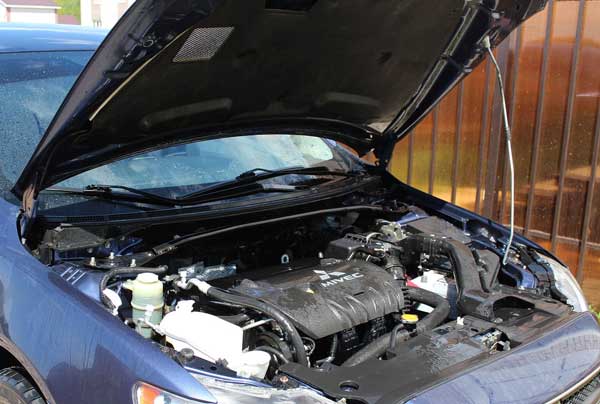
Fixing the Damaged head cylinder
Damage to the head cylinder can be either cracking or warping. If your head cylinder is deformed, a technician can flatten it back into shape. However, if it is cracked, the only fix is a replacement which a mechanic should do.
Fixing the Faulty Water pump
If the water pump has any holes or cracks, close them by welding. Clean the pump’s parts to remove any dirt buildup, and replace the pulley if it’s broken. If the pump is corroded beyond repair, replace it with a new one.
Fixing the damaged drive belt
The best fix for a damaged drive belt is to replace it with a new one.
Fixing the damaged Electronic sensors
Replace any melted wires and check whether that fixes the sensors. If they still don’t work, they’re damaged and must be swapped out for new ones.
Fixing the Burst hoses
Though patching up broken hoses can fix the problem, that’s only a temporary fix. The best solution is to replace the hoses with new ones.
What Should You Do Immediately If Your Car Overheats?

Overheating can cause a lot of damage if it isn’t handled correctly. Here are the things you should do if your car overheats.
1. Stop the car
If your car overheats, the best thing to do is stop it immediately. You may think that driving it to an auto garage is a good idea, but that could cause irreparable damage to the engine.
2. Wait for it to cool
After stopping the car, you have to wait until it cools before trying to see what went wrong. Don’t try starting it or opening the hood while it’s still warm.
How Much Does It Cost To Fix Overheating Issues?
The cost of fixing a car that overheats depends on the damaged car parts and the extent of the damage. Typically, the cost of fixing overheating problems ranges between $100 and $2,000. However, if your engine is damaged, replacing it will cost between $2,500 and $8,000.
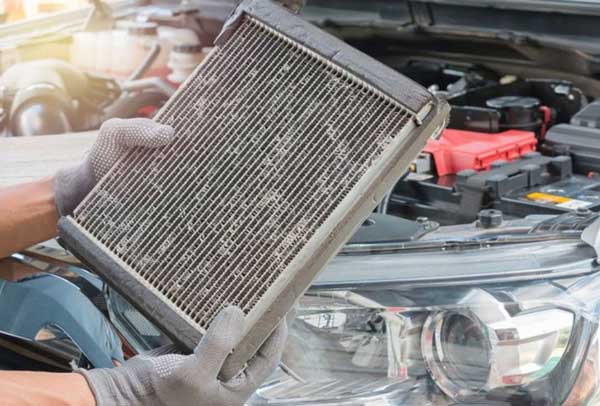
A head gasket costs about $50, while a head cylinder costs about $200. A new car water pump also costs about $200. However, since labor costs are about $100 per hour, time-consuming tasks like replacing the head gasket or head cylinder can cost more than $1000.
If your car won’t start after overheating, you may be interested in our articles on car overheating and smoking and car overheating after using Blue Devil. These articles provide valuable information and solutions to common car overheating issues. Whether you’re experiencing smoking or other unusual symptoms, or you’ve used a product like Blue Devil and are experiencing issues, our team at Car Problem Solved is here to help.FAQs
Here are some answers to questions about overheating issues.
If your car stops working because of overheating, it will take about half an hour to cool down to normal temperatures.
No, you should never pour cold water on an engine to cool it. The sudden cooling can cause uneven cooling, which will destroy the engine.
Conclusion
Several issues can lead to your car’s failure to start after overheating. The electronic sensors may have melted, the water pump may be busted, or the head gasket may have blown. Depending on the problem, you may have signs like white smoke, black smoke, and coolant leaks.
After your car overheats, the best thing to do to avoid damaging the engine is to get it towed. Typically, repairs involve swapping parts for new ones and may cost up to $2,000.
